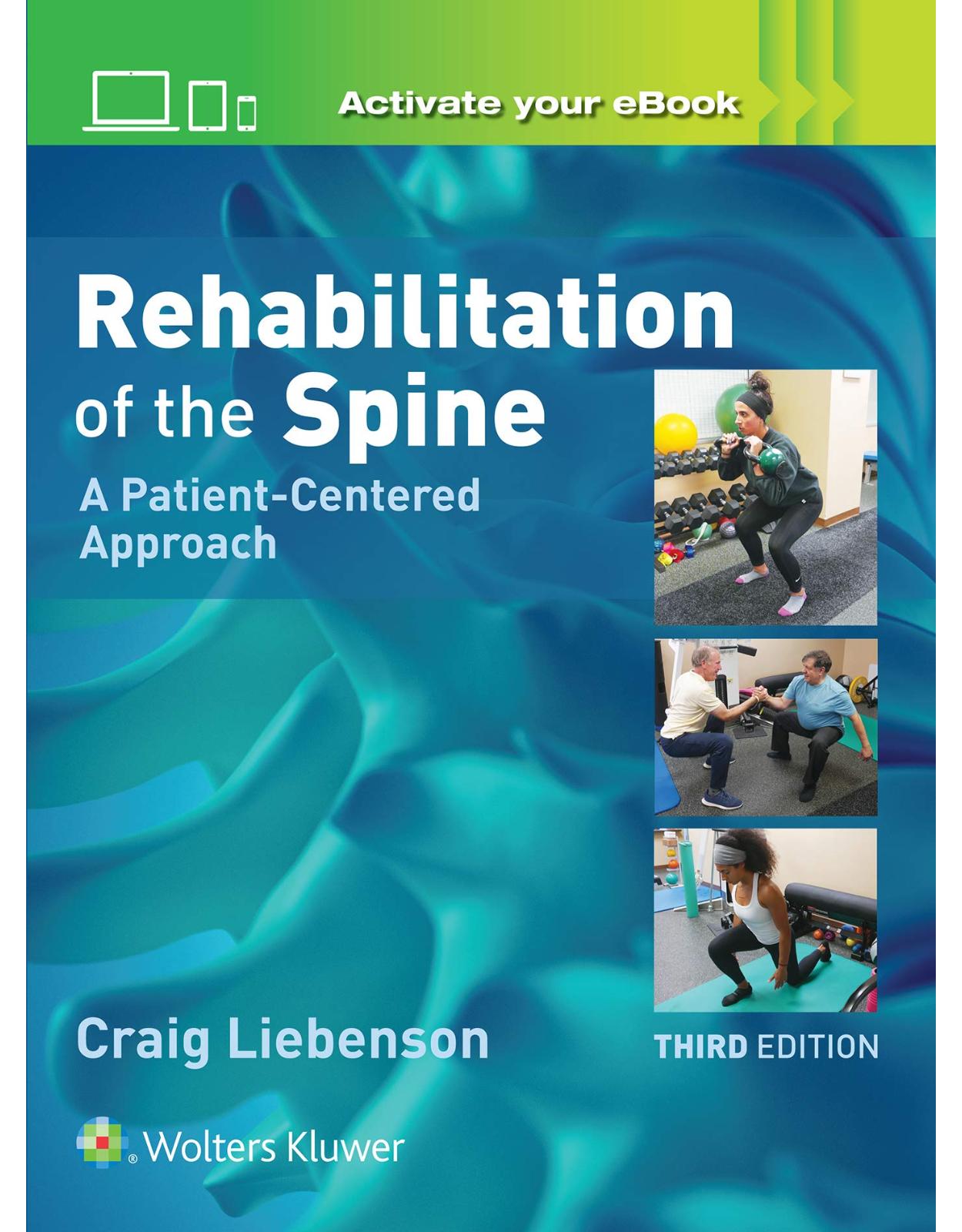
Rehabilitation of the Spine: A Practitioners Manual
Livrare gratis la comenzi peste 500 RON. Pentru celelalte comenzi livrarea este 20 RON.
Disponibilitate: La comanda in aproximativ 4 saptamani
Autor: Dr. Craig Liebenson
Editura: LWW
Limba: Engleza
Nr. pagini: 1000
Coperta: Hardcover
Dimensiuni: 22.23 x 5.08 x 28.58 cm
An aparitie: 1 Dec. 2019
Description:
The gold standard resource in the field, Rehabilitation of the Spine: A Patient-Centered Approach provides a practical overview of all aspects of spinal rehabilitation. The 3rd Edition has been completely revised, with new information and new videos to bring you up to date. Comprehensive and easy to read, this reference is invaluable for chiropractors and physical therapists, as well as spine surgeons, physician assistants, and nurse practitioners involved in the care of patients with spine problems.
Enrich Your Digital Reading Experience
- Read directly on your preferred device(s), such as computer, tablet, or smartphone.
- Easily convert to audiobook, powering your content with natural language text-to-speech.
Table of Contents:
Part I Overview
1. Input (Bio), Output (Psycho), and Upstream (Social) Factors in Disabling Back Pain
Introduction
The Social and Upstream Dimension: BPS
The Spine Disability Epidemic: The Modern Inactivity Crisis
Social Determinants of Behavior
The Role of the Individual and HCP
The BPS and Input Dimension
Spine Stability, Stiffness and Tensegrity
The Role of Agonist–Antagonist Muscle Coactivation in Maintaining Spine Stability
Mechanism of Injury
Load Management
The Output or BPS Dimension
Neuropathic Pain and Central Sensitization
What Is Sensitization?
Neurophysiology
2. Quality Assurance: The Scope of the Spine Problem and Modern Attempts to Manage It
Introduction
Scope of the Problem
Incidence
Course of LBP
The Broader Health Consequences of LBP
How Can Physicians Decide if LBP Has a Serious Cause?
What Doesn’t Work?
Implementation
Treatment of Neck Pain—What Is Effective?
Summary of Major Conclusions From Successive Guidelines
Recommendations for Acute LBP
Recommendations for cLBP
Recommendations for LBP With Radiculopathy
Recommendations for Pregnancy-Related LBP and Pelvic Pain
Recommendations for Acute Nonspecific Neck Pain
Recommendations for Persistent Nonspecific Neck Pain
Recommendations for Neck Pain With Radiculopathy
3. Putting the Biopsychosocial Model Into Practice
Introduction
The BPS Model
Overemphasis on a Structural Diagnosis
Overemphasis on Bed Rest
Overuse of Surgery
Abnormal Illness Behavior and Pain Education
TNE for Pain
Diagnostic Triage to Rehabilitation—The Benchmark
Reassurance/Diagnostic Triage
Reactivation Advice
Relief of Pain
Reevaluation of Structural, Functional, and Psychosocial Contributors to Continued Pain or Disability
Reconditioning
Referral
Practitioner Audit
Part II Basic Science
4. Active Care: An Evidence-Informed Approach to Self-Care for Patients with Spine Pain
Introduction
The Functional Paradigm in Diagnosis and Therapy
The Diagnostic Dilemma in Back Pain
The Rationale for Active Care
The Deconditioning Syndrome: Functional and Cognitive–Behavioral Aspects
The Clinical Examination of Function and Performance
Correlation Between Specific Performance Deficits and LBP
Cognitive–Behavioral Components
The Negative Effects of Immobilization and Bed Rest
A Patient-Centered Approach
Evidence of Active Care’s Effectiveness
Prevention
Acute Phase (First 4–6 Weeks)
Subacute Phase Reactivation and Exercise (From 4 to 12 Weeks)
Chronic Phase Reactivation and Exercise (After 12 Weeks)
Active Care and the Neck
5. The Role of the Behavioral–Environmental Context: Bridging the Tensions Between Biomechanics, Pain Science, and Function
Introduction
Function
Performance
Whole Versus Part Training
Ecologic Dynamics: How Does Environment Impact Skill Acquisition?
Perception–Action Coupling
Deliberate Practice
Injury
Biomechanics of Tissue Injury
Is Tissue Injury and/or “Damage/Degeneration” Related to Pain Severity?
The Fourth International Forum on Low Back Pain Research in Primary Care
Uncertainty in Injury Prediction
Cracking the Code: Load Management
Psychology
Self-Efficacy
HCP Beliefs About Spine Fragility
Thin-Slicing Giving Patients Appropriate Reassurance and Reactivation Advice
Psychology of Training and Performance
Guidelines for Interpreting the Meaning of Pain With Activity
Should We Have a Pain Avoidance or Pain Tolerance Strategy
Rehabilitative Exercises
Spine-Sparing Strategies
Quantity Versus Quality: A Debate We Need to Have
How Does the Body Resist Injury?
Load Sharing
Social/Environmental Perspective
Part III Patient Assessment
6. Diagnostic Triage
Measurable Objectives
Diagnostic Triage in Patients With Spinal Pain
The Red Flag
Serious or Ominous Conditions
Simple Backache Versus Nerve Root Problems
Special Populations
The Yellow Flag
Investigations in the Diagnostic Triage Process
Plain Radiography
CT Scans
Magnetic Resonance Imaging
Bone Scan
Electrophysiologic Testing
7. Assessment of Psychosocial Risk Factors of Chronicity—“Yellow Flags”
Introduction
Risk Factors of Chronicity
Phase of Care
Psychosocial and Other Factors
Fear-Avoidance Beliefs
Cervical and Upper Quarter Risk Factors
Assessment
Waddell Nonorganic LBP Signs
Prognostic Value of Waddell Signs
Evaluation
Nonorganic Neck Pain Signs
Other Methods of Detecting “Yellow Flags”
Treatment for Patients With High “Yellow Flags” Scores
8. Outcome Assessment
Introduction
What Outcomes?
Criteria Regarding Outcomes Assessment
Validity
Reliability
Responsiveness
Ceiling and Floor Effects
Practicality
Likelihood Ratio
Domains
Pain
General Health
Patient-Reported Outcome Measure Information System
Region-Specific Functional Disability Outcomes
Low Back Pain
Neck Pain
Upper Extremity
The Lower Extremity
Patient-Specific Functional Disability Outcome
Patient-Specific Functional Scale
Work Status
Patient Satisfaction Outcomes Assessment Tools
Symptom Satisfaction
Job Satisfaction
The Patient Satisfaction Subscales
Patient Expectation
Psychological Distress
9. Pain Mechanism Classification System Overview and Focus on the Motor/Autonomic Mechanism
Pain Mechanism Classification System Allows for Central Nervous System Subgrouping
Pain Mechanism Classification System Categories
Nociceptive: Inflammatory
Nociceptive: Ischemia
Peripheral Neurogenic
Central Sensitization
Affective
Motor/Autonomic
CNS Mechanism Interventions
Motor/Autonomic
Principles of Neuroplasticity and Cortical Reorganization
Cortical Representation
Objective Evaluation for the Motor/Autonomic Pain Mechanism
Objective Findings for Motor/Autonomic Pain
Two-Point Touch Discrimination
Motor Screening Tools
Left–Right Image Discrimination Testing
Intervention to Address the Motor/Autonomic Pain Mechanism
Training From the Brain to the Periphery
Sensorimotor Retraining Programs
10. Quantification of Physical Performance Ability
Introduction
Rationale—Why
Indications—When
PPA Test Methods—What
Flexibility/Mobility
Strength/Endurance
Balance/Motor Control
Aerobic Fitness
Implementation—How
11. Evaluation of Muscular Imbalance
Introduction
Evaluation of Tight Muscles
Upper Trapezius
Levator Scapulae
Pectoralis Major—Abdominal Part
Pectoralis Major—Sternal Part
Pectoralis Major—Clavicular Part
Pectoralis Minor
Sternocleidomastoid Muscle
Hip Flexors
Hamstrings
Adductors
Piriformis
Triceps Surae
Evaluation of Inhibited Muscles
Analysis of Muscular Imbalance in Standing
Gait Assessment
The Proximal Type
The Distal Type
The Arm Movements
Hypermobility
12. Movement Assessment: Screening, Performance, and Injury Prevention
Introduction
Why Should We Assess in the First Place?
Screening and Assessment
Movement Screening As an Entry Point to Healthy Lifestyle
Movement Screening As a Tool to Establish Risk
Movement Assessment As Part of a Training System
Movement Assessment and Performance
What Should be Included in a Movement Screen?
How to Apply Your Chosen Screen or Assessment
Future Work
Part IV Sustainable Recovery
13. Educating People About Pain
Introduction
Why Is Education So Important?
What Is Contemporary Pain Education?
What Skills and Knowledge Are Required to Implement Contemporary Pain Education?
Knowledge
The Biopsychosocial Model of Pain
A Neurologic Framework for the Biopsychosocial Model
Conceptual Change and Effectively Explaining Pain
What Is the Content of Contemporary Pain Education?
How to Explain Pain—The Quick Guide
The Curriculum
A Step-by-Step Process
14. Self-Care: Providing Reassurance and Reactivation Advice for the Spine Pain Patient
Introduction
Fear-Avoidance Beliefs and Chronic Disabling Pain
Step 1: Reassurance and Reactivation Advice
Identify Fears and Goals
Assurance That There Is No Serious Disease—Doesn’t Severe Pain Signify Serious Damage?
If Pain Is Not Caused by Serious Disease, Then What Is Causing My Pain? (Doesn’t Severe Pain Signify Serious Damage?)
Specific Reactivation Advice—“What Should and Shouldn’t I Do?”
Pain Relief Options
How Long Will It Last?—Recovery Expectations
Summary
Step 2: Cognitive Behavioral Approach
Social Cognitive Theory and Behavioral Change
Graded Exposure Training
Cognitive Behavioral Therapy
Neurophysiologic Aspects
Step 3: Multidisciplinary Biopsychosocial Approach
Motivation Issues
Compliance With Ongoing Active Treatment
15. Making the Shift From Treating Dysfunction to Treating Sensitivity in Rehabilitation
Introduction
Part I: The Point of Pain Science
Key Message: Pain Is an Alarm That Is Meant to Motivate an Action
Key Message: Multiple Factors Influence the Sensitivity of the Alarm
Key Message: Hurt Does Not Equal Harm
Key Message: The Person Adapts to Applied Stress
Part II: When Biomechanics Matter
Temporary Changes to Desensitize and Painful Condition
Joint Kinematic Relevance During High Load Activities
Mechanical Changes for the Interruption of Habits Associated With Pain
Matching Individual Function With the Demands of Sports and Tasks
Respect for the Adaptation to Imposed Stressors
16. A Cognitive Behavioral Therapy Program for Spinal Pain
Introduction
Psychological Risk Factors Deserve Psychological Interventions
Determining Risk
The Cognitive Behavioral Group Intervention
Strategies for Behavioral Change
Organization of the Sessions
New Initiatives
Potential Problems
17. The McKenzie Method of Mechanical Diagnosis and Therapy for the Classification and Rehabilitation of Spinal Problems
Introduction
MDT Classification: Definitions and Criteria
Classifying Derangement Syndrome
Classifying Dysfunction Syndrome
Classifying Postural Syndrome
Classifying OTHER MDT Subgroups
Management and Rehabilitation of the MDT Syndromes
Educational Component
Mechanical Component
Stages of Management of Derangement
Reduction and Maintenance of Derangement. Example: Flexion Principle
Recovery of Function of Derangement
Prevention of Recurrence
Force Progression, Force Alternatives, and MDT Procedure Examples
Force Progression
Force Alternatives
MDT Procedures and Examples
Lumbar Spine Procedure Examples
Extension Mobilization
Rotation in Flexion
Cervical Spine Example
Retraction and Extension With Traction and Rotation Mobilization (Supine)
Lateral Flexion Clinician Overpressure
Highlights of Supportive Studies
Assessment
Predicting Outcome
Treatment
Efficacy With Psychosocial Factors
Avoiding Potential Surgery and Cost-Saving Implications
Systematic Reviews and Guidelines
Part V High-Value Recovery Options for Return to Participation
18. Self-Correcting Drills for the Hip Hinge
Introduction
Hinge Stance Basic Principles
Neutral Spine Drills for the Hinge
Sitting Back to Achieve Neutral Spine: The Box Squat
Using the Wall to Teach Neutral Spine: The Face-the-Wall-Squat As a Drill to Correct a Rounded Back
Self-correcting Hinge Drills
Reaching Back to Find the Hinge: The Kiss the Wall With Your Butt Drill
Using Bands to Find the Hinge: The Tension Band Drill
Pushing Back to Find the Hinge: The Kettlebell Hinge Drill
Using a Dowel to Find the Hinge: The Stick Drill
Using an Incline to Find the Hinge: The 2 × 6 Board Drill
Troubleshooting
Proprioceptive/Interoceptive Troubleshooting
Mobility/Stability Troubleshooting
19. Periodization of a Torso “Stabilization” Training Program in Rehabilitation and Performance Optimization
Introduction
Scientific Underpinnings
How Muscles Stabilize the Spine
Motor Control Problems and Low Back Pain
Efficacy: Evidence of Effectiveness for Spine Stability Training
Safety: Is Spine Stability Training Safe?
Clinical Application
Training Basics
Psychology of Training
How to Determine an Appropriate Starting Point for a Patient’s Exercise Program
How to Progress a Patient’s Exercise Program
The Exercises
Stability Exercises (Block 1)
Advanced Stability Exercises (Block 2 and 3)
20. Cueing to Enhance Motor Learning and Transferability to Activities
Introduction: Learning
Attentional Focus: Internal Versus External Cues
Attentional Focus: Constrained Action Hypothesis
Attentional Focus: Neuromuscular
Velocity
Strength
Endurance
Attentional Focus Cueing Framework
Distance
Direction
Description
Attentional Focus: Practical Application
21. Sensory Motor Stimulation
Introduction
Sensory Motor Stimulation Background
Therapeutic Approaches
Basic Concepts of Motor Learning
Sensory Motor Devices and Aids
Indications for SMS
Methodology
Overview of Sensory Motor Training
The Small (Short) Foot
Postural Correction
Corrected Stance on One Leg
Lunges
Jumps
Balance Boards (Rocker and Wobble)
Balance Sandals
The Sequence
Miscellaneous SMS Tools
22. Neuromobilization Techniques: Evaluation and Treatment of Adverse Neurodynamic Tension and the Container
Introduction
General Concepts
Impact of Forces on Blood Supply
Pressure Changes
Phase of Healing
Treatment Recommendations
Precautions and Contraindications
The Lower Quarter
Evaluation of ANDT and the Container
Treatment of Lower Quarter ANDT and the Container
The Upper Quarter
Evaluation of ANDT: Upper Limb Neurodynamic Tests
Treatment of Upper Quarter ANDT and the Container
Part VI Building Robustness for Return to Sport and Activity
23. Programming From Rehabilitation to Performance
Introduction
The Importance of Capacity Building
Commence With the End in Mind
Considerations When Planning a Rehabilitation Program
Periodizing Rehabilitation
The Importance of Exit Criteria
Rehabilitation Workload Management
24. Dynamic Variable Resistance Training
Introduction
Principles
Creating Efficiency Through Movement Accuracy
Foundational Methods
Using the Right Tool
Layering Movement Complexity
Future of Functional Training
25. Rotational Sports and the Spine
Introduction
Ontogenesis of a Rotational Sport: The Ipsilateral Pattern
Forces and Motions in Golf and Other Sports
Biomechanical ROM in the Golf Swing
Force Development in Rotational Sports: The Stretch-Shortening Cycle
The Golf Swing Transition and Kinematic Sequence
The X-factor in Golf and Other Sports
Lumbar Intervertebral Forces in the Golf Swing
Factors That Correlate With Low Back Injury in Rotational Sports
Loss of Dynamic Stability and Ensuing ROM Deficits
The Role of Dynamic Stability in Performance and Durability
Structure and Function of Intra-abdominal Pressure
Disruptions to Dynamic Stability
Assessment of IAP and Dynamic Stability
Assessment of Joint ROM Relevant to Rotational Sports
Rehabilitation of Proper IAP and DNS stereotype
Performance Training for Rotational Athletes
Preparing the Athlete for Training and Competition
Performance Testing
A Basic Framework for Performance Training
26. Sparing the Spine in Barbell Training
Introduction
Mobility
Stability
Technique
Tension
Spinal Mistakes During Lifting
Increasing Tension
What to Do
27. Sparing the Spine in High-Intensity Training
About CrossFit
Critiques of CrossFit
High Injury Levels
High-Volume Olympic Lifting
GHD Sit-Ups
Best Practices
Group Management
Athlete Selection
Exercise Selection
Part VII Multimodal Options for Recovery
28. Manipulation of Key Joints
Introduction
Manipulation
The Sensory System and Articular Neurology
The Barrier Concept
Joint Restriction/Manipulable Lesion: What Characterizes a Manipulable Lesion?
Pre-manipulative Provocative Testing
Post-manipulative Side Effects
Manipulation Techniques
Spinal Transitional Areas
Craniocervical Region
Thoracolumbar Region
Lumbosacral Region
Extremity Joints
29. Manual Resistance Techniques
Introduction
Neurophysiology
Evidence About Stretching
Different Methods for Muscle Lengthening
Classification of Tense and Tight Muscles
Clinical Application
Rules for Application
Specific Procedures
Selected MRT Procedures
30. A New Approach to Postural Function
Part I: Straightening Program
Balance—“Aplomb”
Stabilization
Forward Movement
Clinical Tests
Part II: Practical Exercises
Exercise: Perception of the Body and Postural Program in Supine Lying
Exercise: Visualization of Leg Lifting
Exercise: Hook Lying Appreciation of the Role of the Ball and Socket Joints
Exercise: Supine Triple Flexion (Legs at 90/90)
Exercise: Lying Prone
Exercise: Sidelying
Exercise: Sidelying to Turning
31. Dynamic Neuromuscular Stabilization
Introduction
Theory of Central Control of Postural-Locomotor Functions
Posture as a Basic Prerequisite for Locomotor Function
Pathologies Involving Postural-Locomotor Function and the Breathing Pattern
Diagnostic—Therapeutic Concept of DNS
Practical Training of Postural-Locomotor Stabilization
32. Pilates Therapy: Exercises for Spinal Stability
Introduction
Background
What Is Modern Pilates
Research Into Pilates for Low Back Problems
Pre-Pilates Exercises
Stage 1—Pre-Pilates Basic Exercises
Stage 2—Modified and Basic Traditional-Classic Pilates
Stage 3—Intermediate and Modified Traditional Pilates
Pilates Equipment
33. Pelvic Floor: Integration Versus Isolation
Introduction
Pelvic Floor as Teammate
Understanding the System
Optimizing the System
The Role of Alignment
Defining Neutral Range
Harnessing the System: TAP
Teamwork and Alignment
Ribcage Position and Breath Mechanics
Pelvic Tilt Redefined
Clinical Assessment Steps
Assess Alignment and Teamwork: Involuntary Responses
Voluntary Control and Functional Testing
Clinical Tools
Optimize Alignment Passively
Optimize Breath Mechanics
Optimize Pelvic Floor Engagement
Optimize Teamwork
Optimize Awareness and Motor Control
Preparation and Recruitment Order
Build and Monitor System Automaticity
Build Inside-Out/Anticipatory to Reactive Recruitment
Embed Strategies through Function and Fitness
Appendix A: Where to begin?
34. Clinical Hypnosis and Mindfulness-Based Interventions in the Treatment of Spinal Pain
Problem of Chronic Pain
Clinical Hypnosis: A Brief Introduction and Key Terms
The Neurophysiologic Underpinnings of Hypnosis
The Efficacy of Hypnosis
Clinical Hypnosis for Chronic Pain
Specific Back Pain Trials
Clinical Hypnosis for Acute Pain
Improving Future Research
Clinical Hypnosis in Practice—A Few Words on Approach
An Introduction to Mindfulness
Brief History of Mindfulness
Types of Mindfulness-Based Interventions
The Efficacy of Mindfulness
Improving Future Research
One and the Same?
Suggestions for Integration in Practice
Clinical Hypnosis
Mindfulness
Suggestions for Training and Certification
Hypnosis
Mindfulness
35. Yoga Exercises Respecting Dynamic Neuromuscular Stability Principles in Senior Populations
Introduction
Yoga in Medical Rehabilitation
Principles for Implementing Yoga in Medical Rehabilitation
Improving Postural Instability and Muscle Imbalances With Therapeutic Yoga
Lower Cross Syndrome
Upper Cross Syndrome
Improving Shoulder Isolation and Shoulder Girdle Function
Improving Respiratory Function
Improving Hip Isolation
Closed Kinetic Chain
Open Kinetic Chain
Conclusion
Yoga Exercises for Senior Populations
36. Nutrition Considerations for Inflammation, Pain, and Rehabilitation
Introduction
Diet-Induced Inflammation
Direct and Surrogate Markers of Chronic Inflammation
How Diet-Induced Inflammation “Mutates” Musculoskeletal Anatomy
Non-resolving Inflammation
Reconceptualizing Mechanical Pain Syndromes in the Context of Diet-Induced Chronic Inflammation
Part VIII First Principles of Movement: A Systematic Approach
37. Integrated Approach to Regional Disorders
Introduction
Clinical Framework
Clinical Challenges
Summary
On Finding the “Key Link”—The Clinical Audit Process
The Art
Pairing Assessments With Active Interventions
“Best Practice” Keys to Recovery—The 7 Rs
Principles of Evidence-Based Neuromusculoskeletal Care
38. The Resilience Model
Introduction
The Disability Epidemic
Increased Life Span
Disability by the Numbers
Overdiagnosis
The Vaccine for Fragility
Scalable Principles to Sustainable Activity
The Four Principles
Blocked Versus Random Practice and Skill Transfer
Movement Variability
Dynamic Systems Theory
Metrics
The Role of Assessment
History
Red Flags
Finding the Why Behind the What
Yellow Flags
Identify the Patient’s Pain Triggers or Activity Intolerances
Load Management
Examination
The Role of Neurologic, Medical, Imaging, Orthopedic, and Range of Motion Tests
When Is Pain Relevant?
Beyond the Kinetic Chain Approach
Hallmark Dysfunctions
Movement, Not Posture, Is the Goal
Atlas of Key Tests
Education
Behavioral Nudges
Gamification
The Dilemma of Scalability and Personalization
Training
Introduction
The Role of Strengthening
Pacing
Identify Preparedness for Training
The Role of Stability
Training Variables
The Trainable Menu
The Movement Prep
General Physical Preparedness
Work Capacity
Sport Specific
Examples of Patient-Centered Programming
The Cool Down
Sustainable Activity Promotion Throughout the Life Span
Health Span and Life Span
The Shoulder as an Example
The Knee as an Example
The Hip as an Example
The Centenarian Ideal—Age Above 85
Fall Prevention: Ages 60 to 85
The Medicalization of Aging
Resistance Training in the Elderly
Tests
Resilient Aging: Ages 40 to 60
Investing in Your Future: 20 to 40 Years
Youth—Building the Foundation
Gender-Appropriate Training
The Youth Athlete and Problem of Overspecialization
Children—Forming Habits—Basic Movement Literacies—Play
Chronologic Versus Biologic Age-Appropriate Training
Toddler: 1 to 3 Years Old
Infant—Ontogenesis
39. A Clinical Framework Utilizing a Precision Approach
General Considerations
Introduction
A General Approach to Rehabilitation for Activity Limiting Musculoskeletal Pain
A Measurable, Outcome-Based Approach to Implementing the Four Principles
Integrating the Four Principles into the Clinical Process
The Disability Problem
Inactivity: Underpreparation
Overprotection, Nocebos, and Reassurance
The Future of Integrating Complex Systems Theory into Practice
The Kinetic Chain and Regional Interdependence
Patient Education
What is the Primary Function of Hominoids?
Why a Larger Brain?
Why Bipedalism?
Advantages of Bipedalism?
A Sample of Assessment Tests
Introduction
Functional Test Menu
Movement Preparation
Movement Prep Atlas
General Physical Preparation
Rehabilitation of Function
General Physical Preparedness
The Trainable Menu
How Does Pain Impact Training?
Why RT Is so Crucial
Using Overload: How to Determine How Much Is the Right Amount?
What Exercises to Start With?
How to Coach GPP
GPP Atlas: The Basic Training Elements
Accessory Trainable Menus
Introduction
Managing Complexity: A Systems Approach
Work Capacity
1st MTP Mobility
Hip Rotation Mobility
Thoracic Mobility
Antirotation (Torso Stiffness)
Frontal Plane (Lateral Pelvic Control)
Scapulothoracic Coordination
Case Management and Clinical Reasoning
The Role of Skepticism
The Precision N=1 Approach
The Four Principles
Cases
A Note on Pain and Exercise
Wellness Questionnaire
Part IX Interdisciplinary Management
40. Role of the Interventionist: Nonsurgical Management of the Spine Pain Patient
Introduction
Basic Principles
Advanced Diagnostic Steps
Imaging
Serology
Electrodiagnostics
Diagnostic Needling Procedures
The Role of Medication
Analgesics
Anti-inflammatories
Muscle Relaxants
Antidepressants
Anticonvulsants
Summary
The Role of Injections
Trigger Point/Muscle Injections
Joint Blocks
Epidural Corticosteroids
Postinjection Care
Chronic Pain Management Interventions
Cognitive Behavioral Approach
Multidisciplinary Pain Management
Interventionist Methods
41. Lumbopelvic Pain in Pregnancy
Introduction
Epidemiology
Etiology
Diagnosis
Treatment
42. The Role and Safety of Activity in the Elderly
Introduction
Health Span Versus Life Span
Cardiovascular Risks and Benefits
Cardiovascular Benefits Associated With Activity and Exercise in the Elderly
Cardiovascular Risks Associated With Activity and Exercise in the Elderly
Osteoporosis
Risk Factors
Role of Exercise
Knee Osteoarthritis
Function
Rehabilitation
Total Knee Arthroplasty
Demographics
Recovery Expectations
Rehabilitation
Hip Osteoarthritis
Function
Exercise
Total Hip Replacement
Recovery Expectations
Rehabilitation
Fall Prevention
The Problem
Associated Functional Deficits
Interventions
Frailty
The Problem
Interventions
Spinal Stenosis
Diagnosis
Potential Complications
Results
Exertional Risk Assessment
ACSM and AHA Risk Assessment Recommendations
Limitations of ACSM and AHA Risk Assessment Recommendations
Gill’s Recommendations for Screening Elderly Individuals for Cardiac Risk With Exertional Activities
Recommendations for Initiating and Progressing Mild to Moderate Exercise Programs in the Elderly
Technology, Community, and Health Care Provider Issues
43. Spine Surgery
Introduction
Indications for Surgery
Cervical
Thoracic
Lumbar
Spondylolysis
Types of Surgery
Cervical
Thoracic
Lumbar
Nonsurgical Procedures
Injections
Rhizotomy
Spinal Cord Stimulators
Rehabilitation
Cervical
Lumbar
Index
| An aparitie | 1 Dec. 2019 |
| Autor | Dr. Craig Liebenson |
| Dimensiuni | 22.23 x 5.08 x 28.58 cm |
| Editura | LWW |
| Format | Hardcover |
| ISBN | 9781496339409 |
| Limba | Engleza |
| Nr pag | 1000 |
| Versiune digitala | DA |

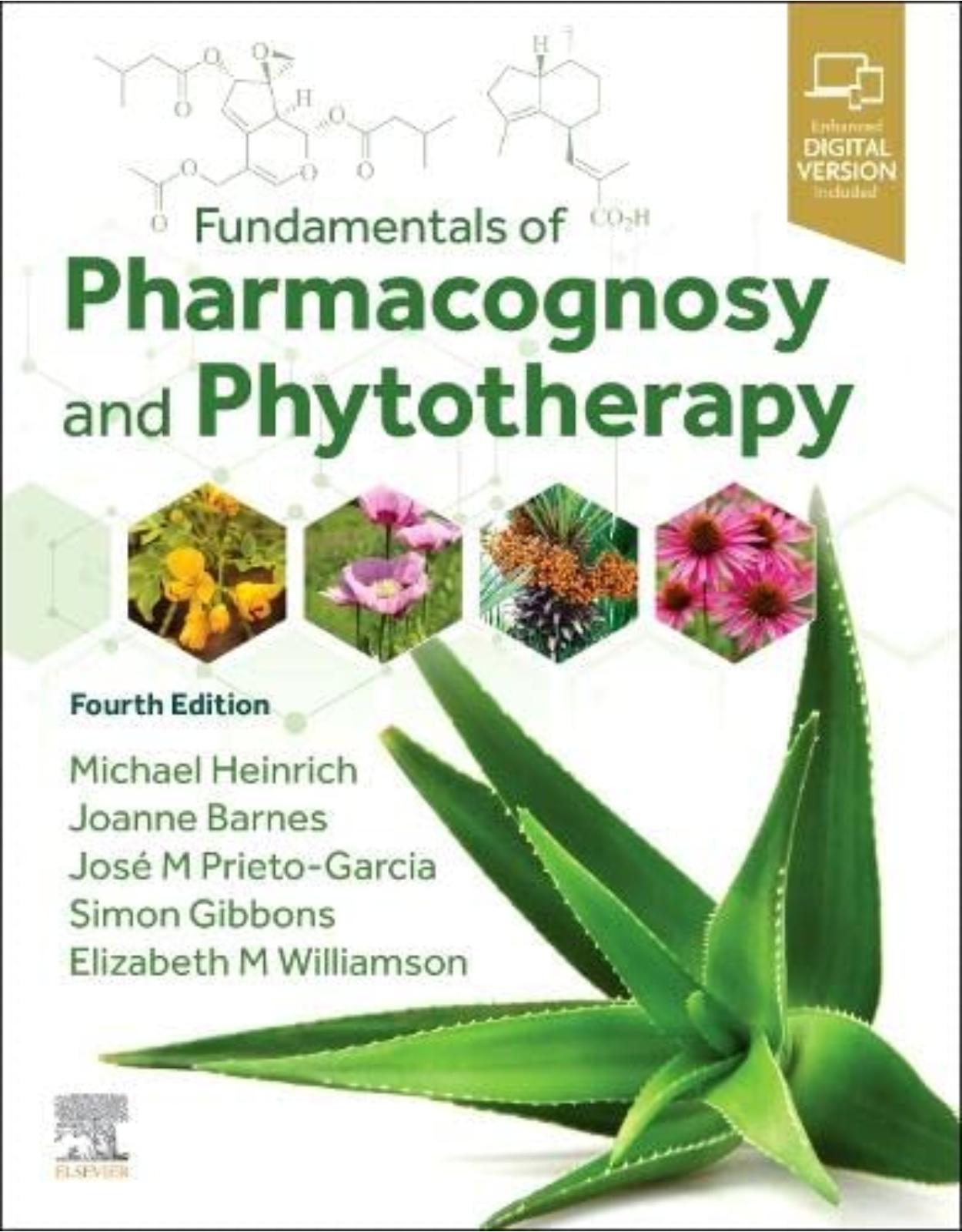
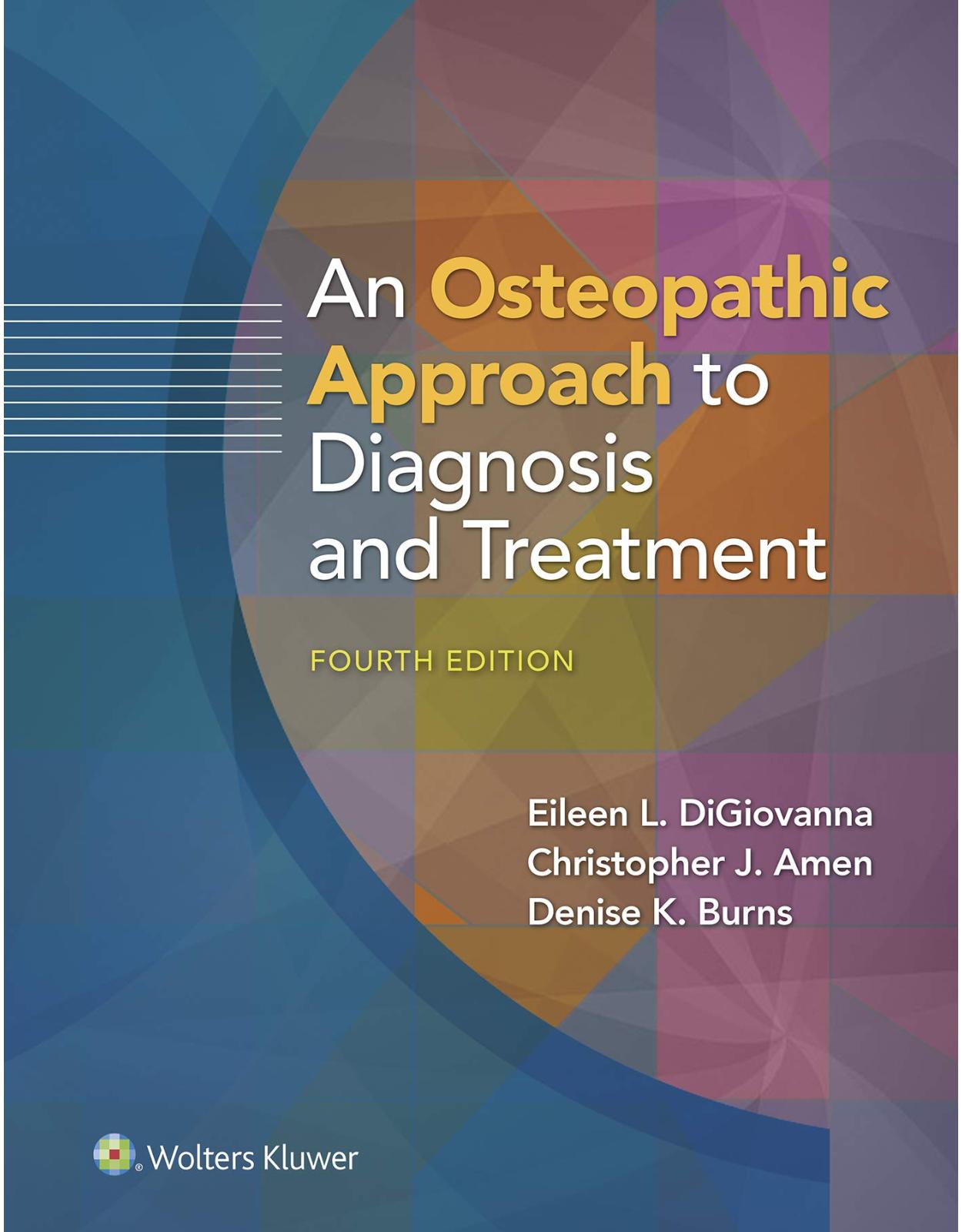
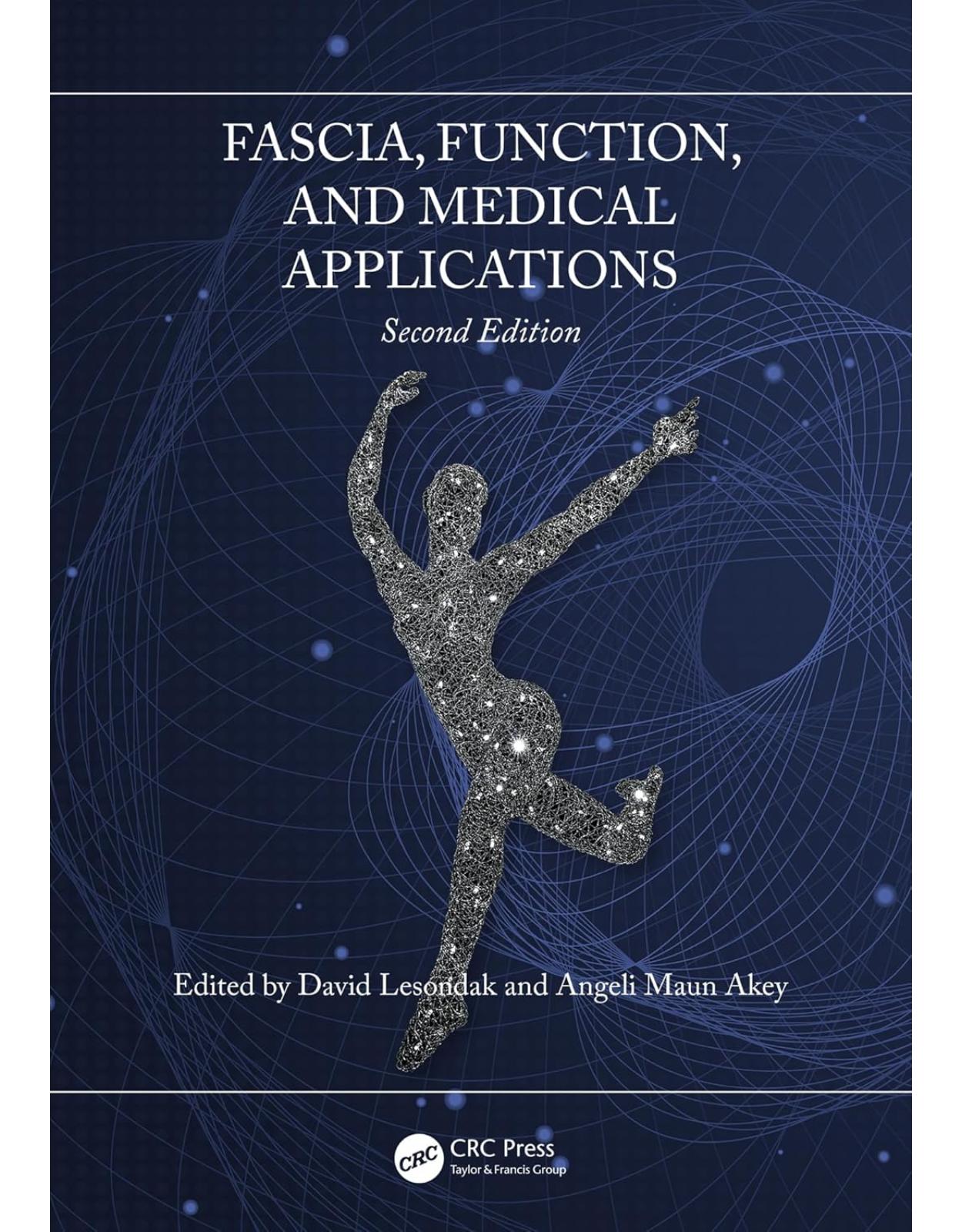

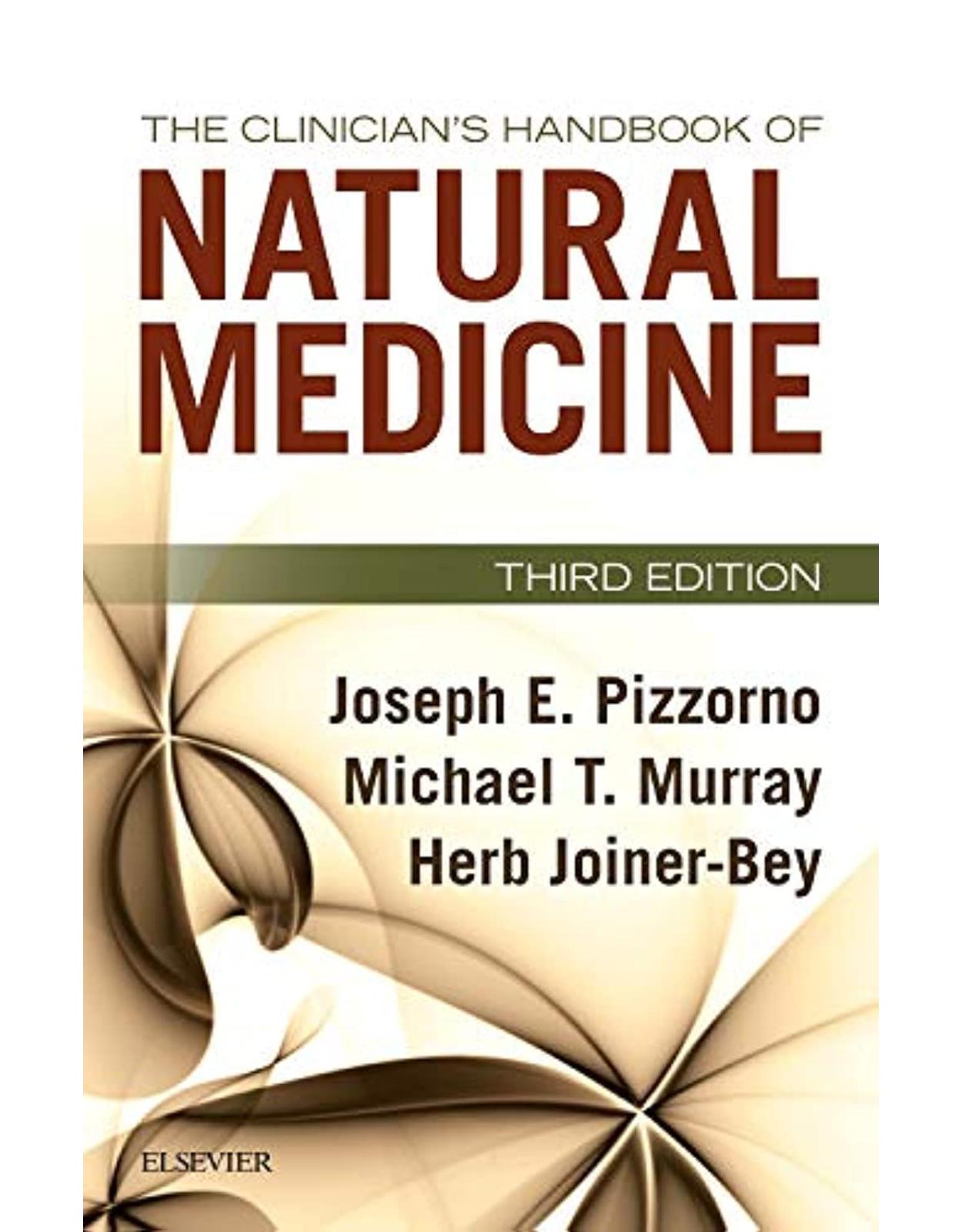
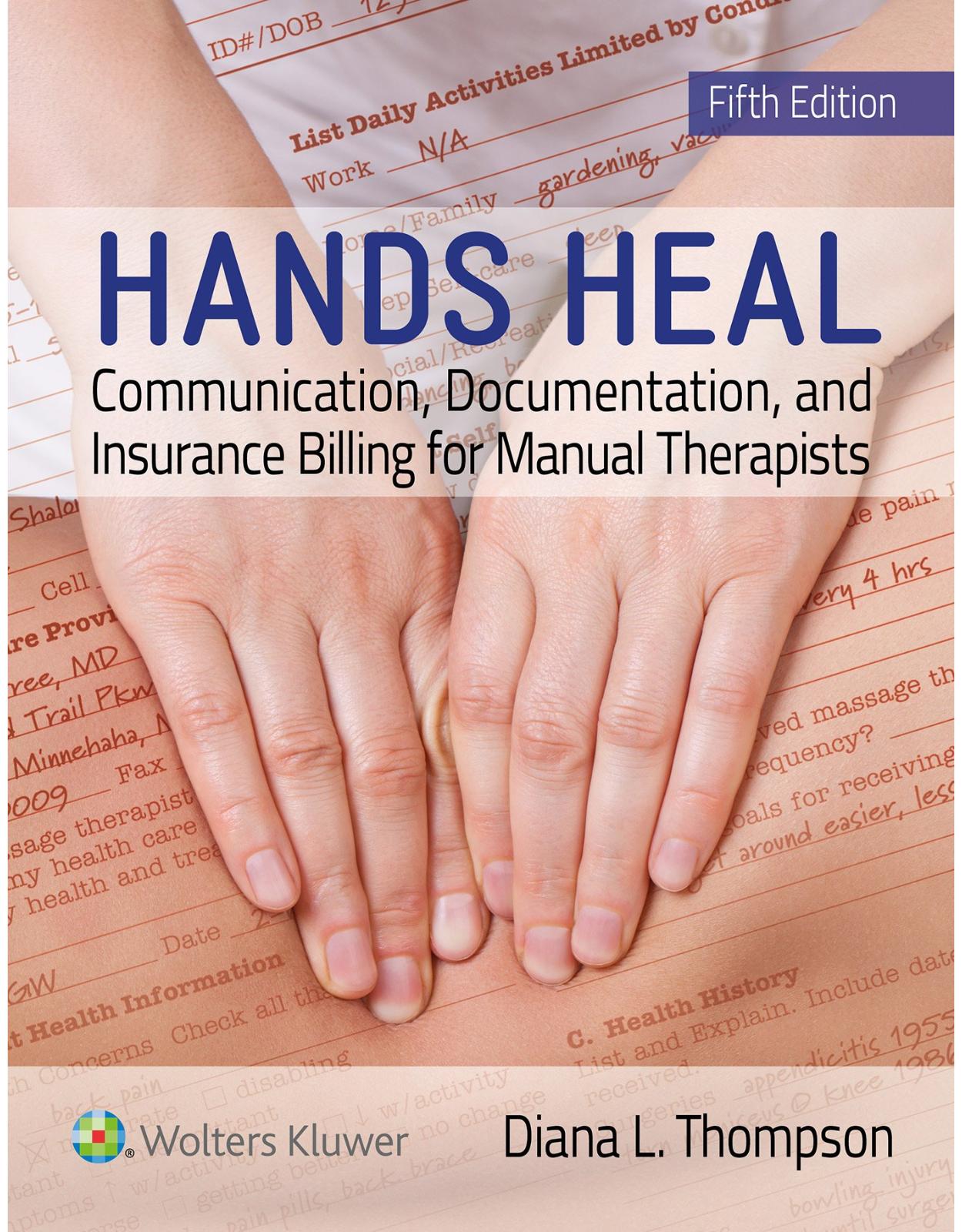
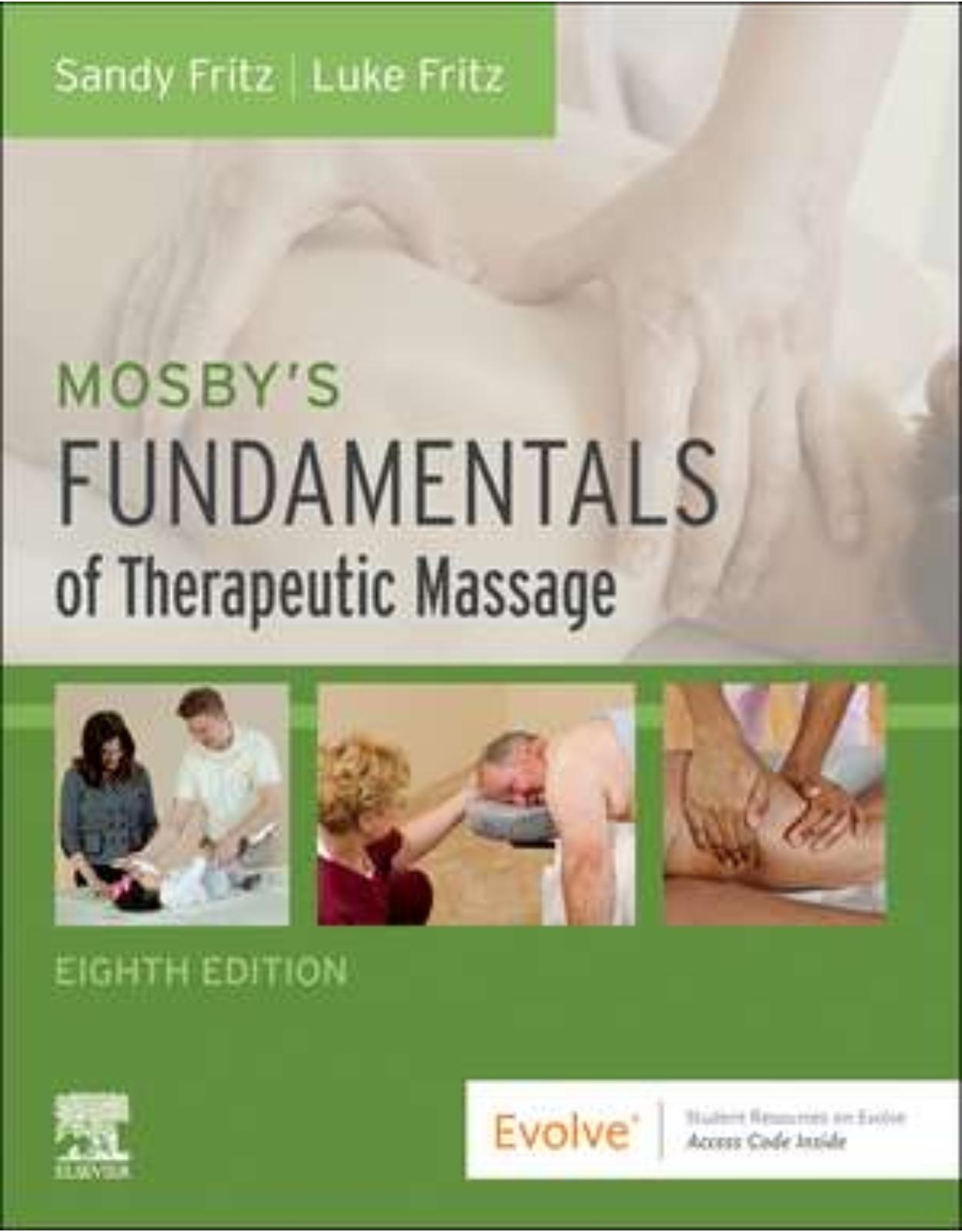
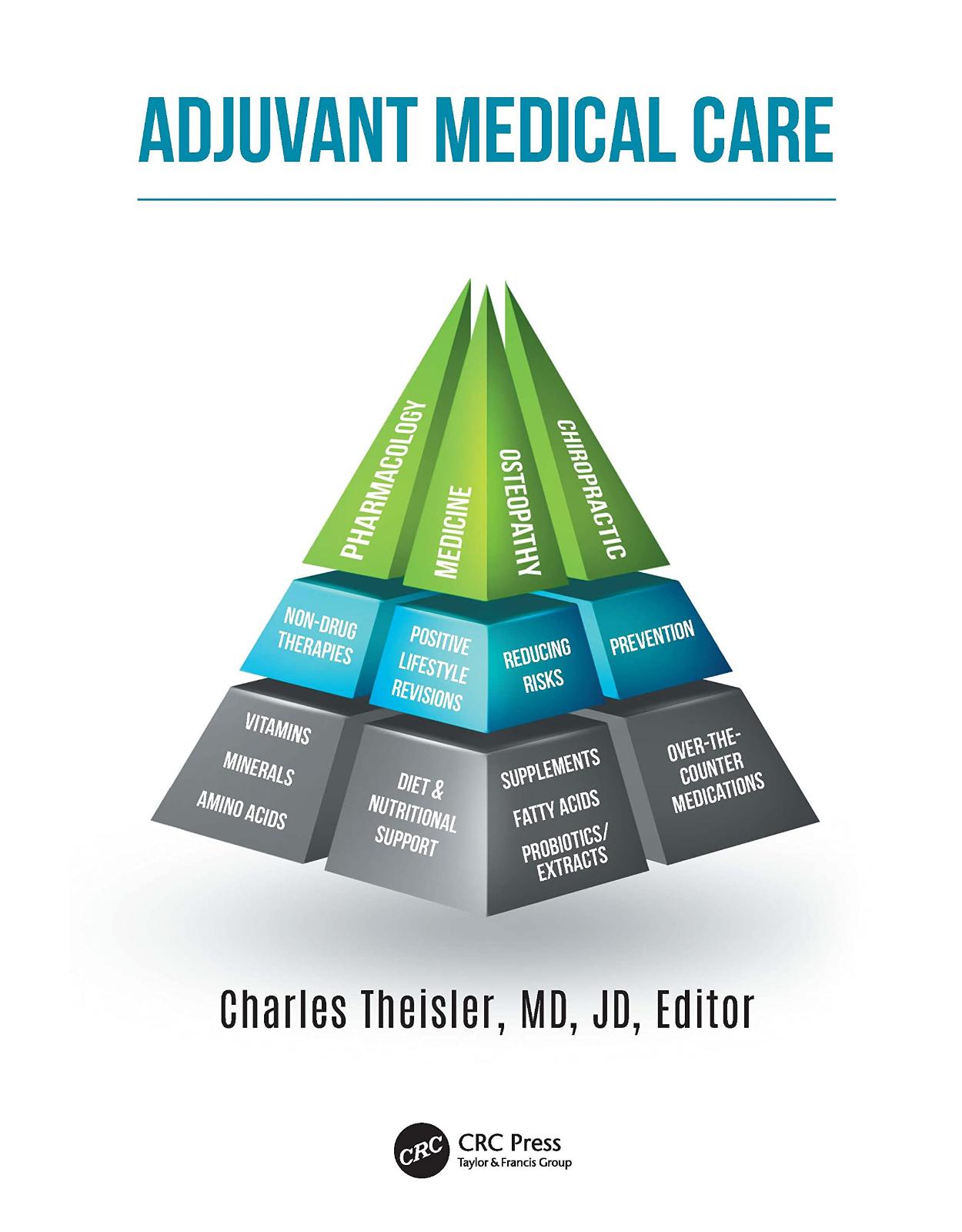

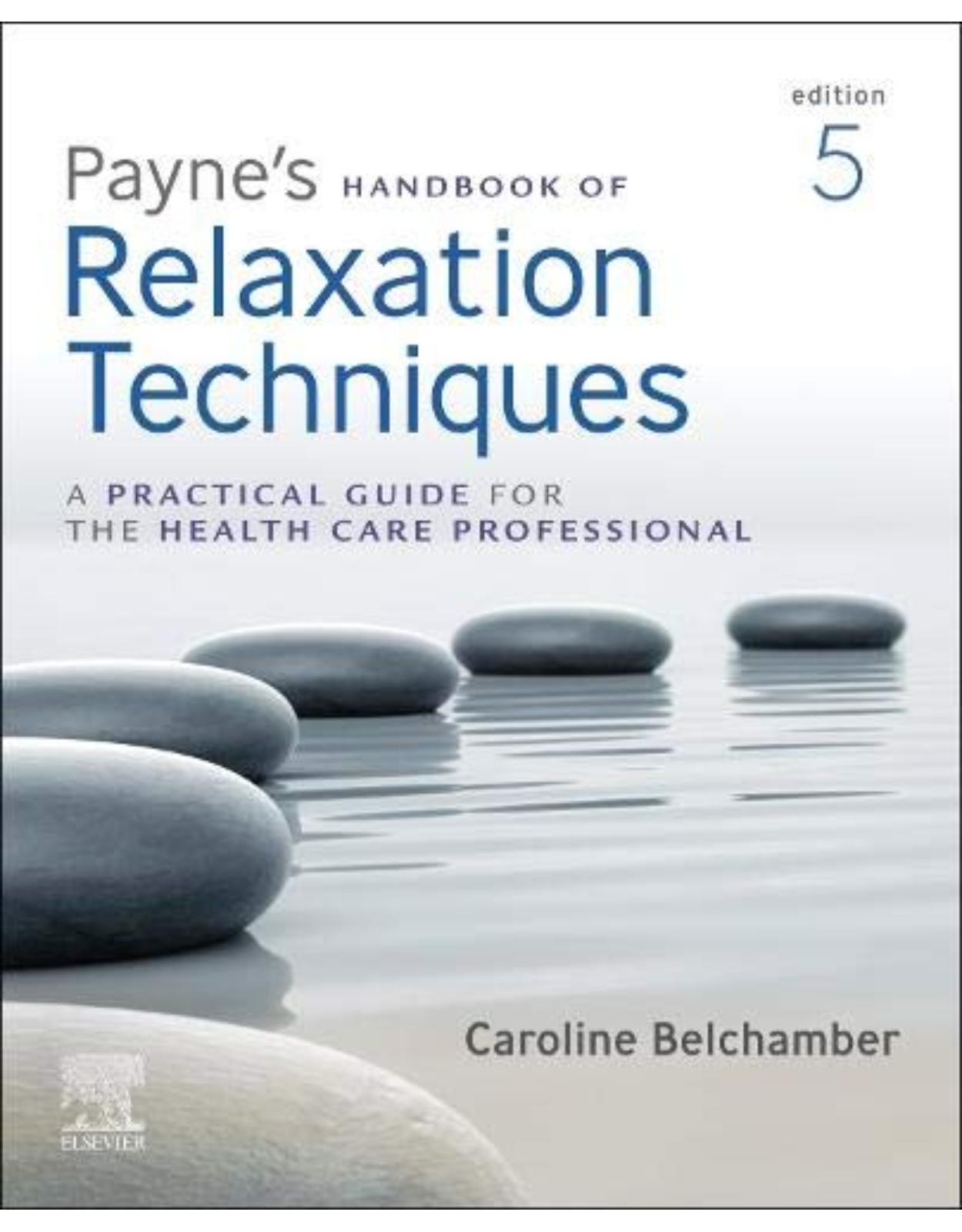
Clientii ebookshop.ro nu au adaugat inca opinii pentru acest produs. Fii primul care adauga o parere, folosind formularul de mai jos.